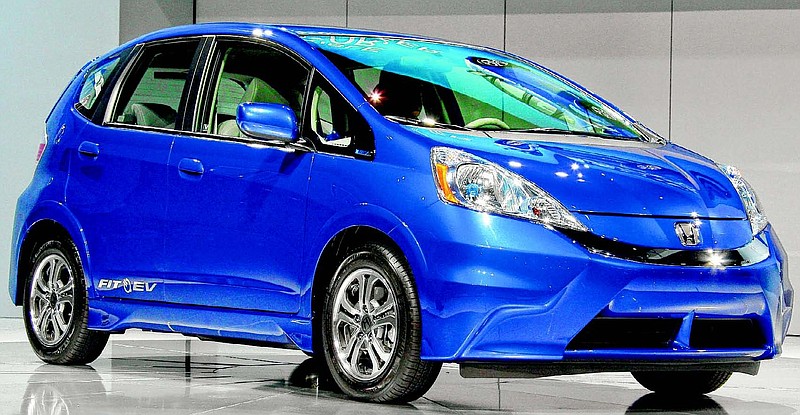In an ambitious and risky expansion, Honda will nearly double global car sales to 6 million a year by 2017, the company's leader recently said in Japan. Honda will also increase motorcycle sales 67 percent to 25 million by the fiscal year that will end March 31, 2017, President and CEO Takanobu Ito declared.
What could possibly go wrong? Let me count the ways.
"That's a huge jump in a short time," said Edmunds.com senior analyst Michelle Krebs. "The competition is tough."
The history of automakers' high-speed expansion program plans is rife with cautionary tales.
Ask Toyota. Its boastful growth plan led to a disastrous spate of recalls. Toyota may never recover the hardwon reputation for quality and reliability that was its greatest asset.
"This is very, very difficult," said Jim Hall, managing director of 2953 Analytics. "They'll have to [expand] in new markets, and that can be very expensive." very expensive."
Honda hopes about half the 6 million sales will be in its traditional U.S., Japanese and European markets. It's targeting developing markets like India and China for the remainder.
For all its success, Honda is a small company, with less room for error than Toyota. Like many automakers, Honda fears it will be marginalized, then eliminated by a handful of global giants. This perspective casts Toyota, GM, Hyundai, VW and potentially Ford as juggernauts that will crush anything in their path.
Proportionally, Honda's goal of doubling sales is even more challenging than the 50 percent growth program that led Toyota astray.
Honda's strategy hinges on:
• Major sales increases for a new family of subcompact vehicles
• Drastically improving its hybrid technology
• Introducing a new family of large motorcycles next year
• Reinvigorating its upscale Acura brand, starting with the new RLX sedan that goes on sale next year
• Giving its regional operations more responsibility for developing vehicles
The last two goals should be good for Honda's American unit. The automaker will increase how much engineering and design it does here. It wants to move from offering essentially the same vehicles around the world to adapting them for the needs of each major market around the world.
The first test of Honda- America's ability is the Acura NSX sports car that arrives in 2014. Honda's U.S. design and engineering centers are leading global NSX development. They'll also do the North American version of the next Civic, which should go on sale in 2015.
The first test of Honda- America's ability is the Acura NSX sports car that arrives in 2014. Honda's U.S. design and engineering centers are leading global NSX development. They'll also do the North American version of the next Civic, which should go on sale in 2015.
The new Japanese-engineered Fit subcompact that debuts in 2013 plays a huge role in the plan. Honda is building an assembly plant in Mexico to produce the car, and a second vehicle that will probably be a small crossover SUV based on the Fit's architecture. The plant will open in spring 2014.
Expect Honda to build the Fit, a small SUV and other related new small vehicles in high numbers around the world.
Honda also plans to introduce several new types of gasoline-electric hybrids. Honda pioneered hybrid technology, but it's never been able to match the sales and reputation of - guess who? - Toyota.
Achieving all those goals while simultaneously doubling production and fixing the problems that lead to million-car recalls is a tall order.
